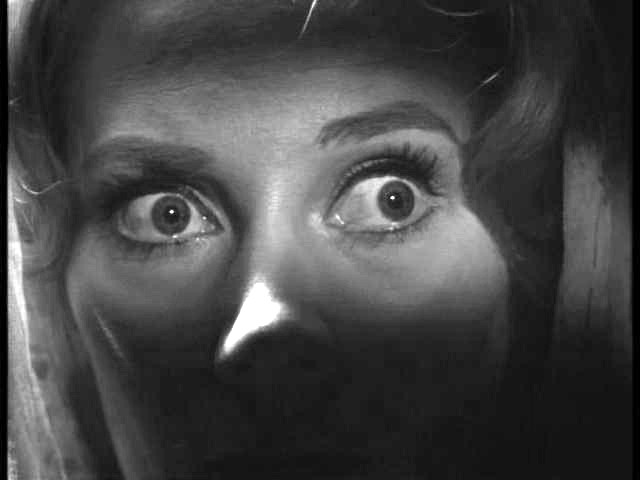Stressful and scary situations such as war or accidents leave fearful memories imprinted in our brains. As these memories surface again they can cause big problems for people in the form of conditions such as post-traumatic stress disorder, or PTSD. Writing in the journal Science this week, Thomas Agren and his colleagues at Uppsala University in Sweden have taken a big step forward in understanding how fearful memories get processed in the brain, which could potentially lead to new ways to tackle the problems they cause.
 This new paper builds on a lot of previous research that's been done in rodents, which showed that you could erase fearful memories in these animals. But now the team have looked in detail at fear memories in humans. The key lies in understanding how the brain processes fear memories after a scary event, and particularly what happens when a fearful memory resurfaces - for example, a soldier having a flashback to a bomb attack. At this point the brain can change the memory, before it's stored again, which is a process called reconsolidation. And this seems to be a crucial time for intervening to actually erase the memory, getting rid of it for good.
This new paper builds on a lot of previous research that's been done in rodents, which showed that you could erase fearful memories in these animals. But now the team have looked in detail at fear memories in humans. The key lies in understanding how the brain processes fear memories after a scary event, and particularly what happens when a fearful memory resurfaces - for example, a soldier having a flashback to a bomb attack. At this point the brain can change the memory, before it's stored again, which is a process called reconsolidation. And this seems to be a crucial time for intervening to actually erase the memory, getting rid of it for good.
The scientists used a well-established psychology technique to give people fearful memories, called fear conditioning. They showed 22 volunteers an image on a computer screen and gave them a mild electric shock. The next day, they showed the image to them again without giving them a shock, and found it triggered a fearful memory of the previous day's shock, as measured by changes in their behaviour as well as nervous reactions such as sweating. This reactivation of the memory is the reconsolidation I mentioned earlier.
The researchers then split the group of volunteers in half. For one half, they repeatedly showed them the image just 10 minutes after they had reactivated their fear memory - what they call extinction treatment. This is still within the time period when the brain is reconsolidating the memory. For the other half, they showed them the image again 6 hours later, outside the reconsolidation window. They found that for the first group, they had stopped associating the image with the fearful memory - it had effectively been wiped out. But for the group who got this treatment 6 hours later, they still had a fear response to the image.
The researchers think that a part of the brain called the amygdala is responsible for storing and recalling fear memories - to test this they brought the volunteers back three days later and put them in a brain scanner, then showed them the same trigger image. The group that had been given the extinction treatment six hours later showed activity in their amygdalas linked to the fear memory, but no similar activity was seen in the group who got the treatment just ten minutes later.
At the moment this is a very small study, using highly artificial conditions. But the researchers have shown that they can intervene during reconsolidation of fearful memories, and that this can help to get rid of them. Although we're a long way from having a technique that doctors can use, it's the first time that this kind of approach has been shown to work in people, so an important step in the right direction.










Comments
Add a comment